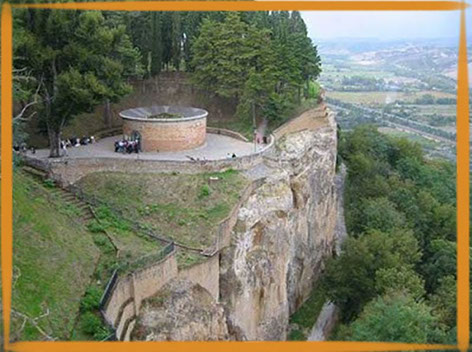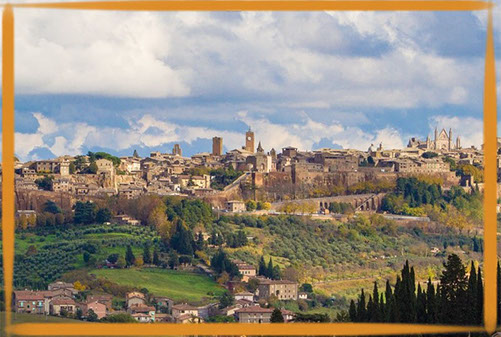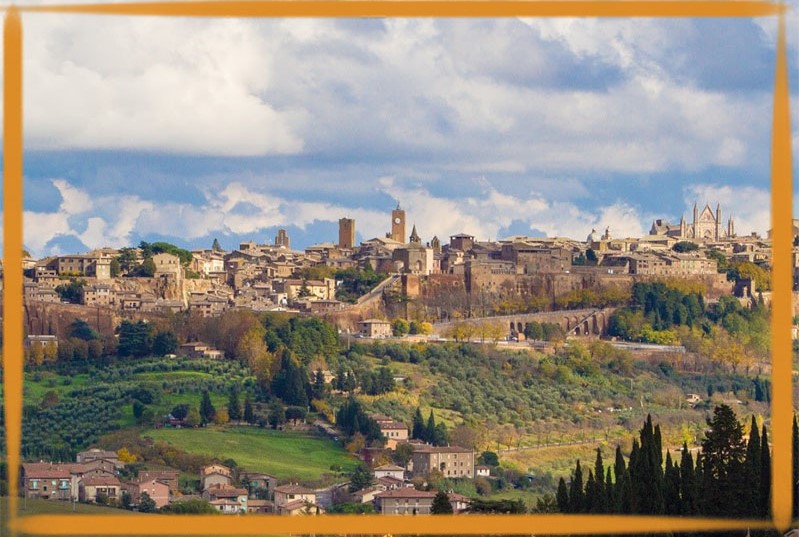
Closer to Italy, in the state of Umbria and its city Orvieto, while Charles V plundered Rome in 1527, Pope Clement VII took advantage of the darkness of the night to escape disguised as a fruit seller. In his escape Clement took refuge in Orvieto, but was not calm, because he was convinced that Charles V would go after him, so he decided to reinforce the defenses of the city.
The city of Orvieto was an easy site to defend, a kind of natural fortress located on a rock of volcanic tuff that rises about 50 meters on the surrounding terrain. Although this fortress had a weak point: lack of water. Clement VII commissioned Antonio da Sangalo The young man to build a new well with which to ensure the supply of water in case the pope was seen again under siege.
Sangalo decided to dig in the lowest position of the city, near the edge of the precipice surrounding the city and near the ruins of an ancient Etruscan acropolis. The goal was to reach the spring of San Zeno located about 55 meters below the rock. The work was not an easy enterprise, on the one hand, was the depth that would have to be excavated, but then would have solved the problem of how to raise the water to the surface. The ingenious solution proposed by Sangalo to this last problem is what would make this well special.

San Patrick's well
ORIGINS
The architectural authorship of the well is attributed to Da Sangalo, although later took over the direction of the work Giovanni Battista da Cortona and would be the sculptor and architect Florentine, Simone Mosca, the person in charge of finishing the top of the well, ie , the part that is above ground level, where are the entrance and exit doors and where a Latin inscription was placed that recalls: "Quod natura munimento inviderat industria adiecit" (What nature deprived, it provides the diligence).
The name by which he is known today, Pozzo di San Patrizio, would come centuries later, when someone, perhaps impressed by his depth, said that he reminded him of the abyss to which the Irish saint, Saint Patrick, used to retire to pray in Lough Derg and from which, according to the medieval legend, it was possible to contemplate the purgatory itself, a fact that took advantage to make many conversions.











